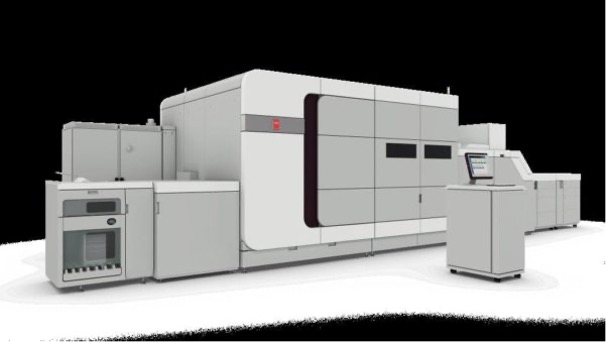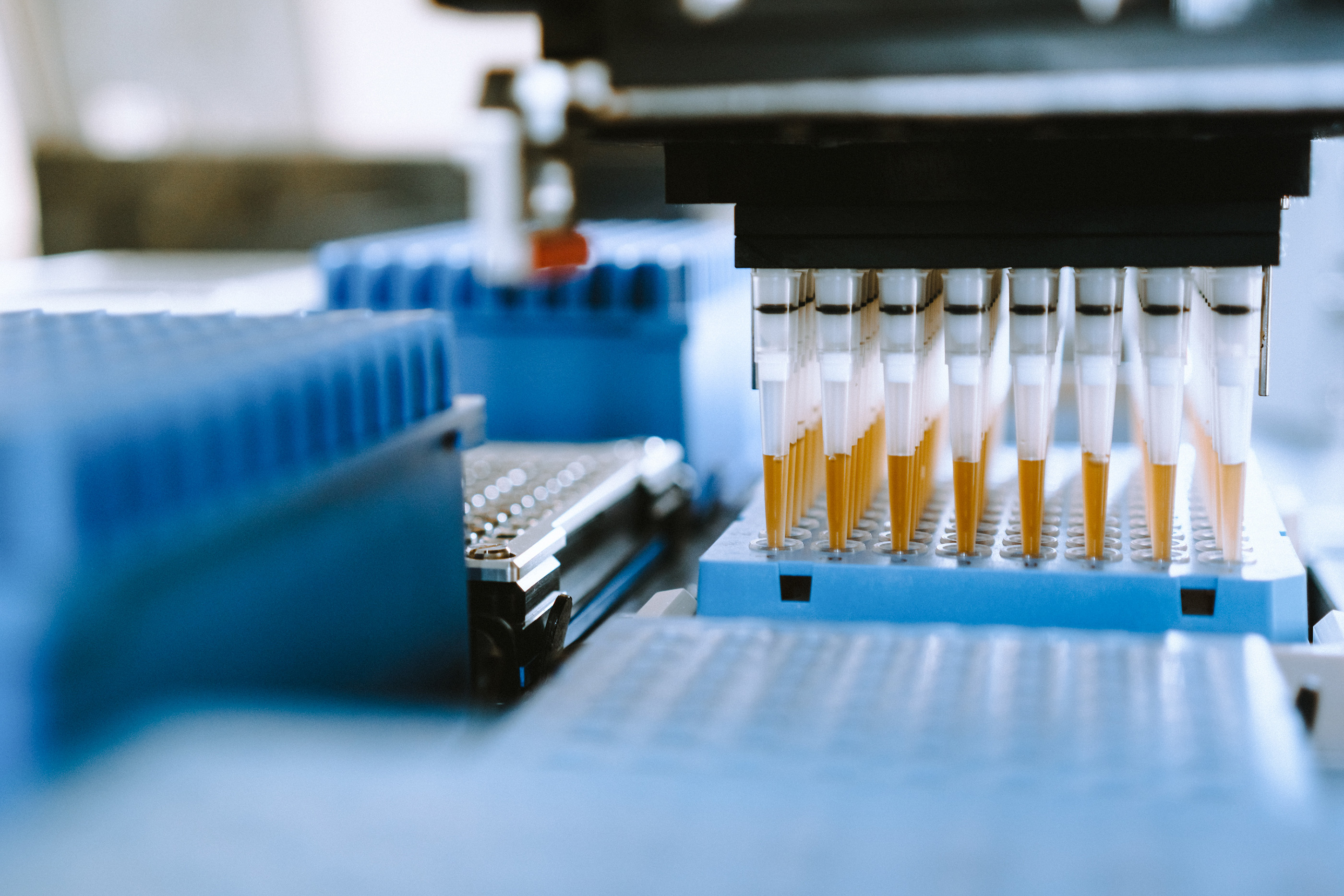
Flexible operating software for Océ: How to design new inks for a high speed printer
- 29 May 2018
- 5 minutes
The Océ VarioPrint i300 is a high speed printer based on advanced inkjet technology. The printer is capable of printing different media in high volumes at a speed of 300 prints per minute (A3, A4). It can do so at a price compatible with offset printing.
The technologically highly advanced printer is outfitted with automatic print nozzle correction. Inside the machine a picture is taken of each finished print, which is then compared to the digital original. Any deviations, usually caused by clogged print nozzles, are immediately corrected for the next prints by adjacent print nozzles.
Operating software based on PCS7
During the printing process the ink is dosed at extremely high speeds and accuracies. To reach these speed and precision levels the ink has to comply with the highest quality standards. It was therefore decided to construct a new pilot factory for the production of the ink. ICT Group has created the operating software for the production process of this new ink factory, based on a Siemens PCS7 system.
Recipe driven production
A unique feature of the ink factory is that aside from regular production it also hosts R&D activities. These are controlled trials with new or adjusted ink recipes. Previously, manually mixing and dosing ink recipes led to inaccuracies that made it difficult to reproduce the recipe trials. But in the newly developed ink factory the production process is fully automated. Paremeters like mixing time and dosage levels are programmed by the software through a recipe, resulting in huge improvements in accuracy and flexibility. Any deviations are immediately reported to the operator during production and automatically logged in the system. This is why ICT Group and Océ have chosen to work with PCS7 and Simatic Batch. After each trial a digital report is created that accurately conveys all parameters down to several decimal places. The factory is also used to develop inks for other Océ printers.
“The CIP process is batch driven and can be easily adjusted if needed.”
Adjusting the software without a programmer
The factory’s operating system created by ICT Group has a very user friendly and flexible design. With the help of a recipe editor the process engineer is now able to adapt recipes without needing a programmer to adjust the operating software. This increases the speed and flexibility of R&D and saves costs. Also, an additional safety check is built into the software that ensures the operator can start creating a new ink only after the process engineer has cleared the recipe for testing.
High cleaning standards
Because ink is extremely sensitive to biological contamination, the factory was designed according to Food industry standards, which involve extremely high cleaning standards. This meant the factory was outfitted with special valves and pumps and its pipe system was made from high quality stainless steel. ICT’s engineers have also used CIP (‘Cleaning-In-Place’) technology, commonly known in the Food industry. This system ensures that after producing a colored ink, the production facility is thoroughly cleaned. This is to prevent color residues from being left behind in the mixing tanks or drains with the danger of contaminating the next batch.
Certified PCS7 Solution partner
Océ has chosen ICT Group because of our experiences with PCS7, Food industry technology and Batch systems, as well as our physical proximity in the region. We’re also a certified PCS7 Solution partner with Siemens.



